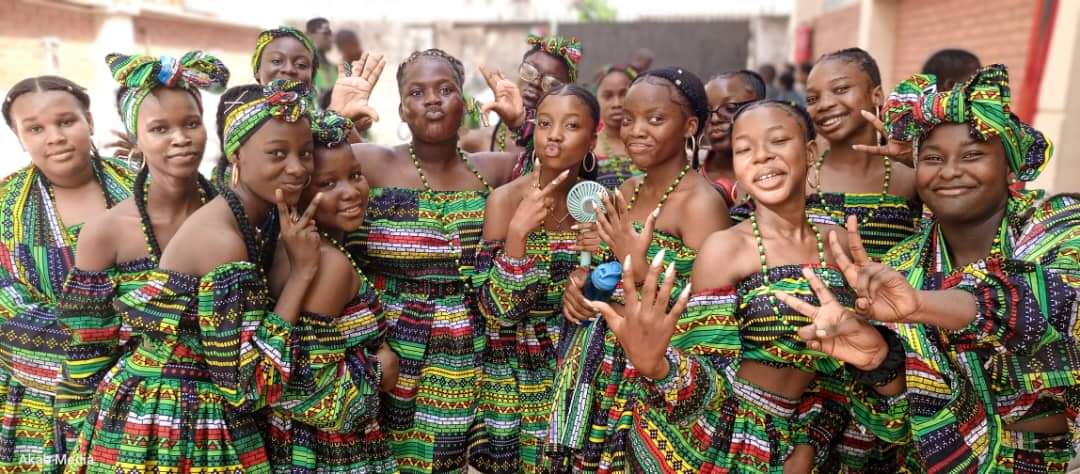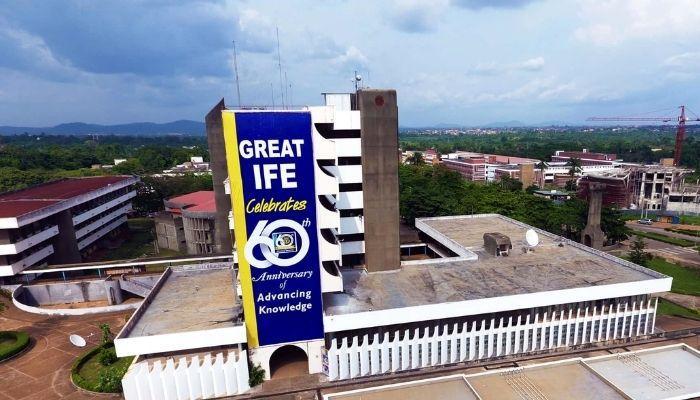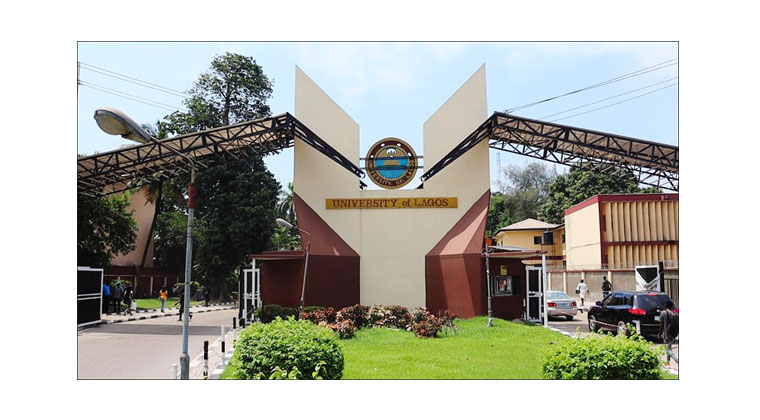Culture and education are intricately intertwined, shaping the intellectual landscape and fostering a society’s collective identity.
Education serves as the cornerstone of societal progress, and culture provides the vibrant tapestry that colors this educational journey.
The intersection of these two forces cultivates an environment where knowledge is not merely transmitted but also contextualized within the diverse fabric of human experiences.
The Cultural Mosaic in Education
Inclusive education goes beyond textbooks, acknowledging the multitude of perspectives stemming from cultural backgrounds. Integrating cultural content into curricula ensures that students encounter a diverse array of voices, fostering a more comprehensive understanding of the world. This inclusivity acts as a bridge, connecting students with their own heritage while fostering empathy for others’.
Cultural Competence in Learning
Education extends beyond the mere acquisition of facts; it molds individuals into global citizens capable of navigating the complexities of an interconnected world. Exposure to various cultures equips students with cultural competence, a crucial skill for effective communication and collaboration in a globalised society.
Cultural Influence on Teaching Methods
Cultural nuances influence learning styles and preferences. Educators embracing a culturally responsive approach cater to diverse learning needs, creating an environment where students from various backgrounds feel acknowledged and valued.
This adaptability enhances the effectiveness of teaching methods, ensuring that education resonates with each learner.
Cultural Celebrations as Learning Opportunities
Incorporating cultural celebrations into the educational calendar transforms schools into dynamic hubs of cultural exchange.
Festivals, traditions, and rituals become windows into the rich tapestry of human culture, fostering appreciation and understanding among students. These celebrations transcend the classroom, creating a sense of unity and shared experiences.
Challenges and Opportunities
While the integration of culture into education offers numerous benefits, it also presents challenges. Striking a balance between cultural inclusivity and maintaining academic rigor is a delicate task. However, viewed as an opportunity, these challenges can spur innovation in educational approaches, encouraging institutions to adapt and evolve.
In the symphony of education, culture plays a pivotal role, enriching the melody with diverse harmonies.
Embracing cultural diversity in education not only prepares individuals for the complexities of the global landscape but also fosters a society that values inclusivity and understanding.
As we navigate the ever-evolving landscape of education, let us recognize the power of culture in shaping enlightened minds and nurturing a world where knowledge transcends borders.















